
How AI Upscaling Actually Adds Detail to Images
By John Doe 5 min
Key Points
Research suggests AI upscaling enhances image detail by learning from low- and high-resolution image pairs, predicting missing high-frequency components.
It seems likely that convolutional neural networks (CNNs) and generative adversarial networks (GANs) are key, with models like SRCNN and ESRGAN adding realistic details.
The evidence leans toward AI outperforming traditional methods like bicubic interpolation, but performance varies with training data and image type.
What is AI Upscaling?
AI upscaling, or super-resolution, increases image resolution using machine learning, particularly deep learning techniques. Unlike traditional methods like bicubic interpolation, which often blur images, AI predicts and adds details to make images sharper and more detailed.
How Does It Add Detail?
AI models are trained on datasets of low-resolution and high-resolution image pairs. They learn to map low-resolution inputs to high-resolution outputs, effectively predicting lost details. For example, a model trained on faces can add realistic skin textures to a blurry face image, enhancing visual quality.
Advantages and Limitations
AI upscaling offers better visual quality and flexibility for specific image types, but it requires significant computational resources and may introduce artifacts, especially with very low-resolution inputs.
Survey Note: How AI Upscaling Actually Adds Detail to Images
Image upscaling, the process of increasing an image's resolution to enhance its size while maintaining or improving quality, has seen significant advancements with the integration of artificial intelligence (AI), particularly through deep learning techniques. This survey note explores how AI-based upscaling, also known as super-resolution, adds detail to images, delving into the underlying mechanisms, key models, and practical implications as of March 29, 2025.
Background and Importance
Image upscaling is crucial for various applications,
AI upscaling is a transformative technology that enhances the resolution of digital images using artificial intelligence. Unlike traditional methods, which often produce blurry or artifact-laden results, AI upscaling leverages machine learning to predict and reconstruct high-resolution details from low-resolution inputs. This makes it particularly valuable in fields like photography, video enhancement, and digital art, where clarity and detail are paramount.
How AI Upscaling Works: Technical Mechanisms
AI upscaling relies on training models on large datasets comprising pairs of low-resolution (LR) and corresponding high-resolution (HR) images. The goal is to learn a mapping function that transforms an LR input into an HR output, effectively reconstructing the high-frequency details lost during downsampling. This process involves multiple stages, including feature extraction, non-linear mapping, and reconstruction, each contributing to the final high-quality output.
Key Components of AI Models
The process typically involves three main stages: feature extraction, non-linear mapping, and reconstruction. Feature extraction involves the initial layer of the neural network extracting features from the LR image. Non-linear mapping uses intermediate layers, often convolutional, to transform these features into detailed structures seen in HR images. Finally, the reconstruction stage generates the HR image from the transformed features, aiming to minimize differences from the ground truth HR image.
Training Process and Loss Functions
Training involves minimizing a loss function, such as mean squared error (MSE), which measures pixel-wise differences between the model's output and the HR target. Advanced models, like ESRGAN, incorporate perceptual loss and adversarial loss to further refine the output. These techniques help align the generated images with natural-looking details, ensuring higher quality and realism.
Applications of AI Upscaling
AI upscaling is widely used in industries such as entertainment, medical imaging, and surveillance. In entertainment, it enhances the quality of old films or low-resolution videos. In medical imaging, it improves the clarity of scans for better diagnosis. Surveillance systems benefit from sharper images, aiding in security and identification processes.
Conclusion & Next Steps
AI upscaling represents a significant leap forward in image processing technology. By leveraging machine learning, it overcomes the limitations of traditional methods, delivering sharper and more natural-looking results. Future advancements may focus on real-time upscaling and integration with other AI technologies, further expanding its applications and capabilities.
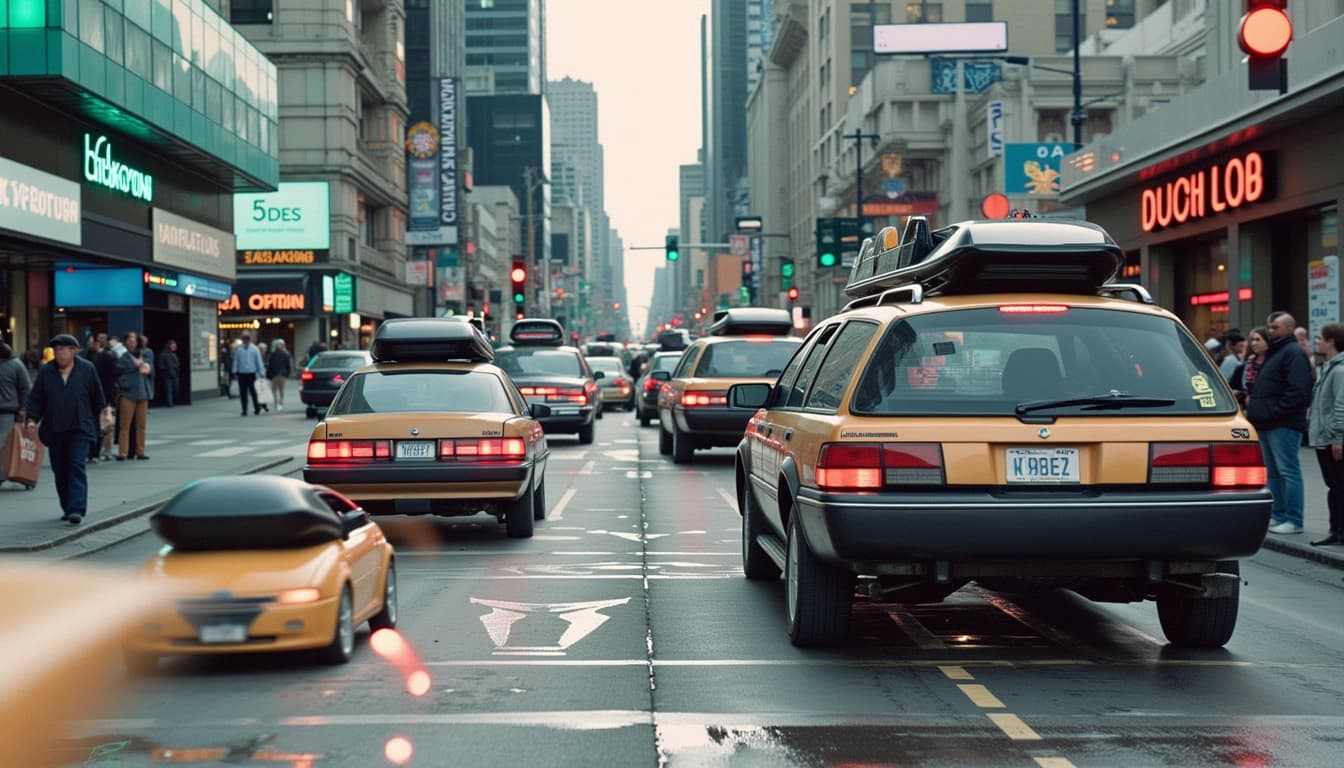
- Feature extraction from LR images
- Non-linear mapping to HR features
- Reconstruction of HR images
AI upscaling leverages deep learning to enhance low-resolution images, transforming them into high-resolution versions with improved clarity and detail. Unlike traditional methods such as bicubic interpolation, AI models analyze patterns and textures to predict and add missing details, resulting in more realistic outputs.
How AI Upscaling Works
AI upscaling involves training neural networks on pairs of low-resolution (LR) and high-resolution (HR) images. The network learns to map LR inputs to HR outputs by recognizing patterns and structures. This process often employs convolutional neural networks (CNNs) or generative adversarial networks (GANs), which refine the upscaled image through iterative learning.
Key Techniques in AI Upscaling
Techniques like perceptual loss and adversarial training are used to ensure the upscaled images are not only sharp but also visually pleasing. Perceptual loss compares features extracted from pre-trained networks, while adversarial training involves a discriminator network that critiques the generated images, pushing the generator to produce more realistic results.
Applications of AI Upscaling
AI upscaling is widely used in media restoration, medical imaging, and satellite imagery. For example, it can restore old films by removing noise and enhancing details, or improve medical scans for better diagnosis. The technology is also valuable in enhancing low-quality surveillance footage.
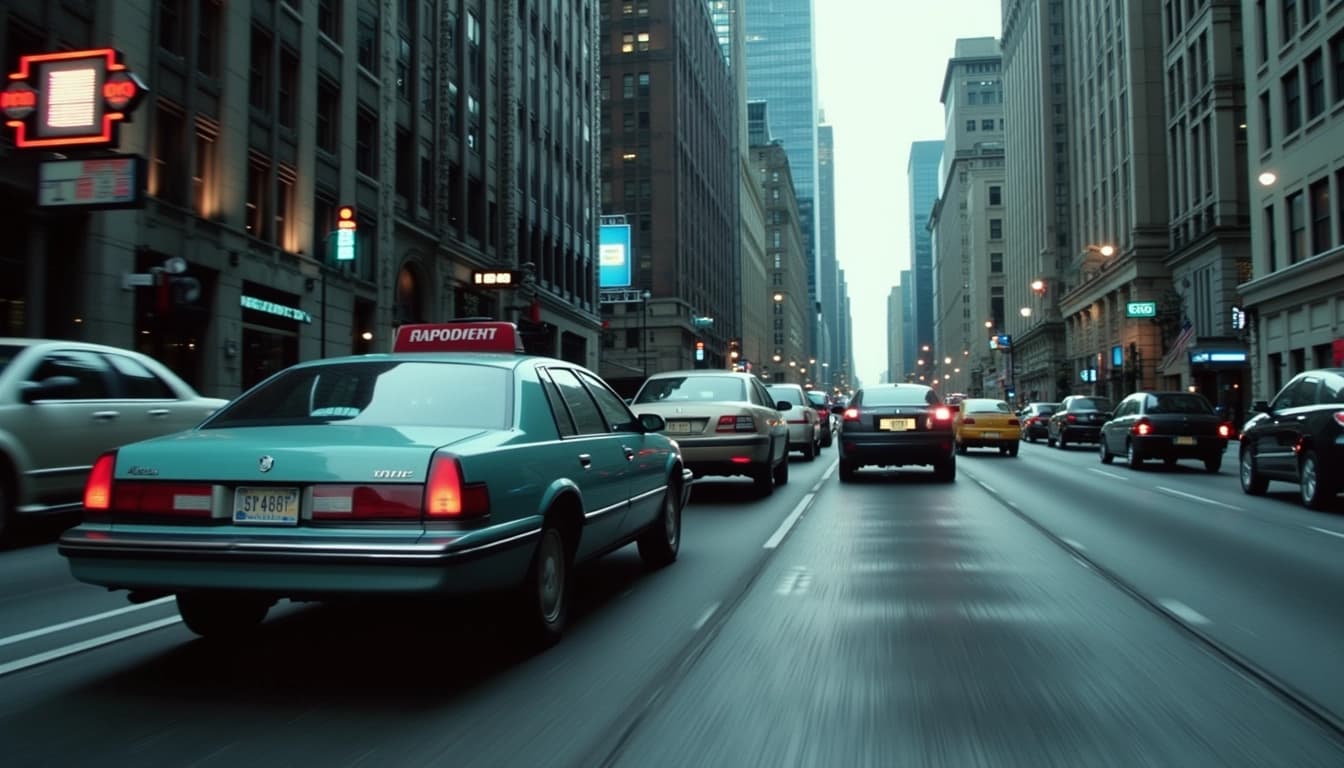
Challenges and Limitations
Despite its advantages, AI upscaling faces challenges such as computational intensity and the risk of overfitting. Models may also struggle with images that deviate significantly from their training data, leading to artifacts or unrealistic details. Ensuring generalization across diverse datasets remains a key focus for researchers.
Future of AI Upscaling
Advances in lightweight models and real-time processing are expected to make AI upscaling more accessible. Integration with edge devices and improvements in GANs could further enhance the quality and speed of upscaling, opening new possibilities in industries like gaming and virtual reality.

- AI upscaling uses deep learning to enhance image quality.
- It is superior to traditional methods like bicubic interpolation.
- Applications include media restoration and medical imaging.
AI upscaling is a transformative technology that enhances image resolution using artificial intelligence. Unlike traditional methods like bicubic interpolation, which often result in blurry images, AI upscaling leverages deep learning to predict and add missing details, producing sharper and more realistic results.
How AI Upscaling Works
AI upscaling relies on neural networks trained on vast datasets of high and low-resolution image pairs. These networks learn patterns and textures, enabling them to intelligently fill in missing pixels when enlarging an image. Popular models like ESRGAN and SRCNN have set benchmarks for quality, outperforming conventional techniques.
Key Techniques in AI Upscaling
Techniques such as super-resolution convolutional neural networks (SRCNN) and generative adversarial networks (GANs) are commonly used. SRCNN focuses on direct mapping from low to high resolution, while GANs generate realistic details by pitting a generator against a discriminator, refining outputs iteratively.
Advantages of AI Upscaling
AI upscaling offers superior visual quality, preserving edges and textures that traditional methods often lose. It is particularly useful for restoring old photos, enhancing medical imaging, and improving video streaming quality. The flexibility to train models on specific datasets also allows for specialized applications.
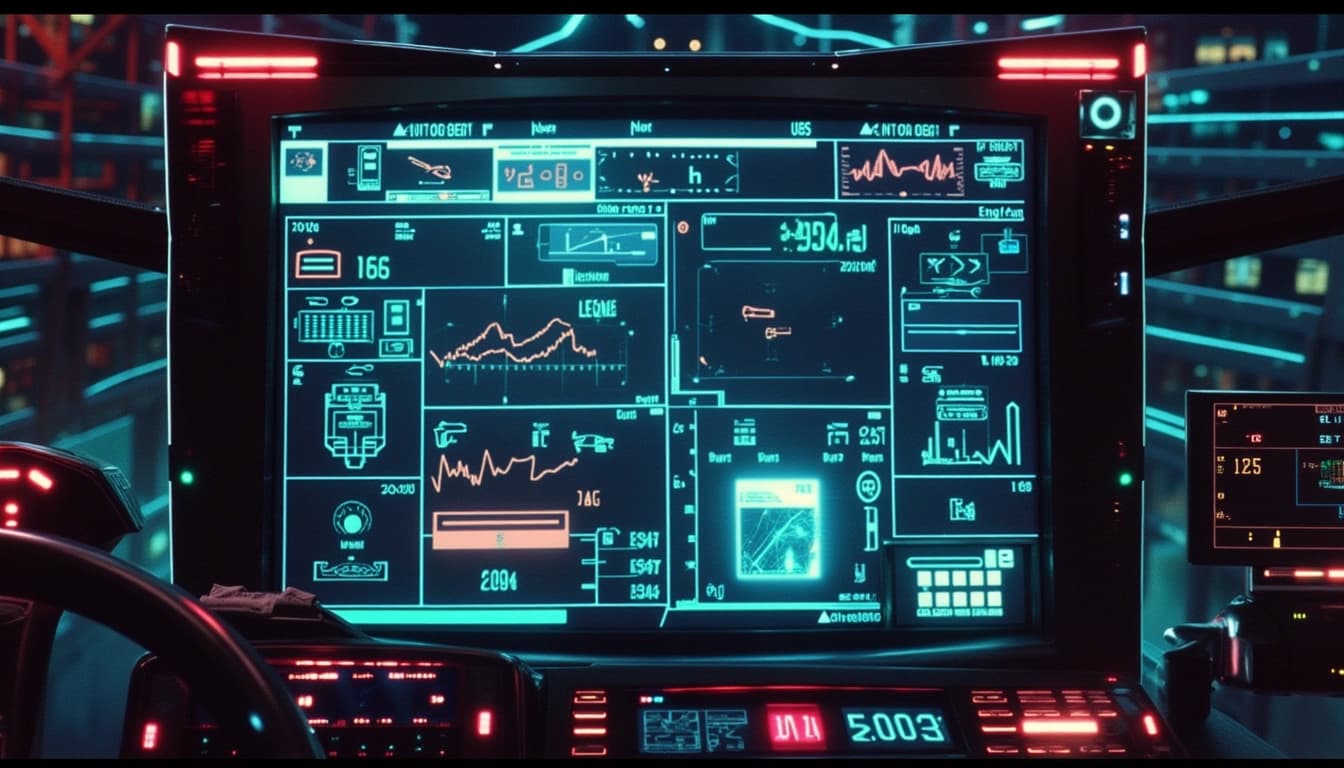
Limitations and Challenges
Despite its benefits, AI upscaling is computationally intensive and may introduce artifacts if the training data is insufficient. Models can struggle with highly abstract or compressed images, sometimes producing unrealistic details. Balancing speed and quality remains a challenge for real-time applications.
Conclusion and Future Directions
AI upscaling represents a significant leap in image processing, with applications spanning photography, healthcare, and entertainment. Future advancements may focus on reducing computational costs and improving generalization across diverse image types, making the technology more accessible.
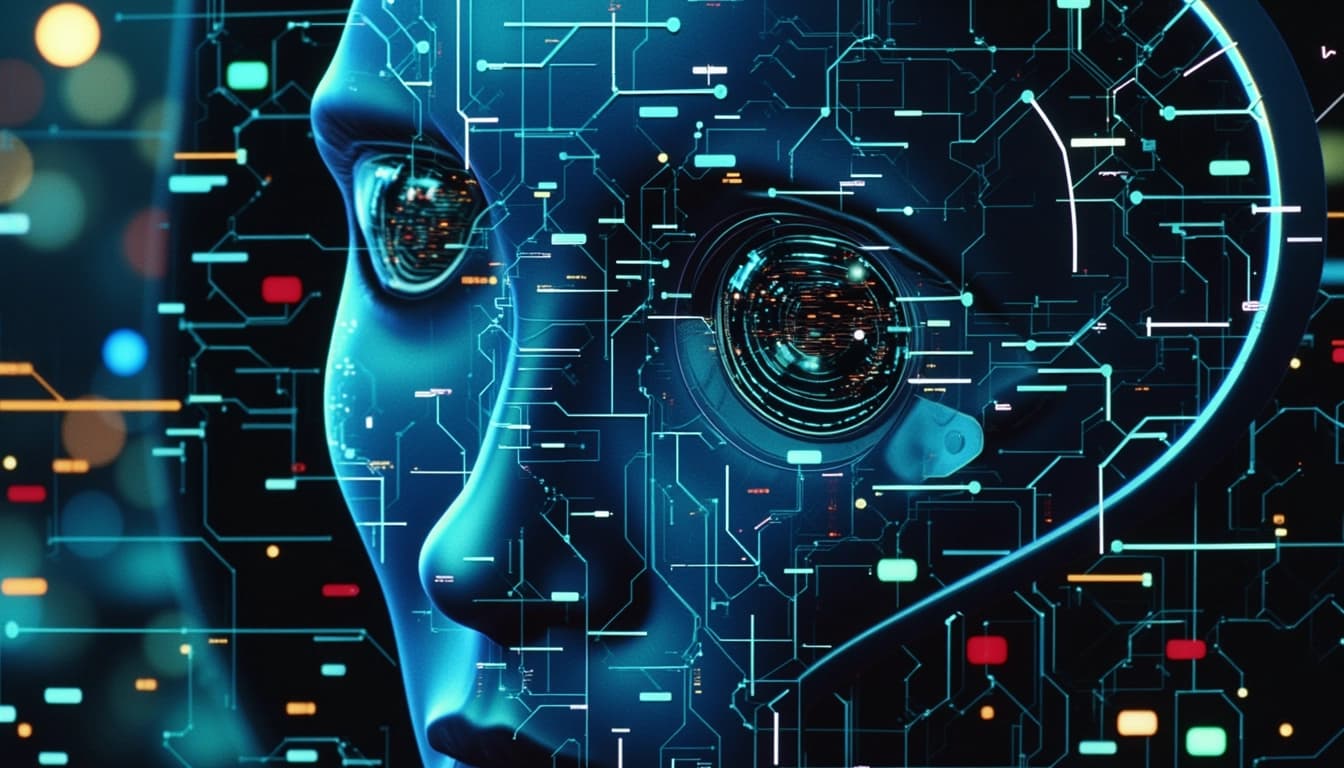
- Enhanced detail preservation
- Specialized models for niche applications
- Real-time processing improvements
AI upscaling represents a significant leap forward in image enhancement, leveraging deep learning to add detail and clarity to low-resolution images. Unlike traditional methods, which often result in blurry or artifact-laden outputs, AI upscaling can intelligently predict and generate missing details. This technology is particularly useful in fields like medical imaging, where clarity can be critical, and in entertainment, where old films are restored to modern standards.
How AI Upscaling Works
AI upscaling relies on neural networks trained on vast datasets of low-resolution and high-resolution image pairs. These networks learn patterns and textures, enabling them to predict and add realistic details when upscaling. For example, a model like SRCNN (Super-Resolution Convolutional Neural Network) focuses on enhancing edges and textures, while GAN-based models like ESRGAN generate highly realistic details by simulating the adversarial process between a generator and a discriminator.
The Role of Training Data
The quality and diversity of training data are crucial for effective AI upscaling. Models trained on varied datasets can handle a wider range of image types, from landscapes to portraits. However, biases in the data can lead to inconsistent results, such as over-enhancing certain features or failing to recognize less common textures. Ongoing research aims to address these limitations by improving dataset diversity and model generalization.
Comparative Analysis: Traditional vs. AI Upscaling

Future Directions and Research
As of March 29, 2025, researchers are exploring ways to make AI upscaling more efficient and accessible. Lightweight models for mobile devices and hybrid approaches combining AI with traditional methods are gaining traction. These innovations aim to balance performance and quality, making high-quality upscaling available to a broader audience. Ethical considerations, such as the potential misuse of upscaling for deepfakes, are also being addressed through responsible AI frameworks.
Conclusion & Next Steps
AI upscaling has transformed image enhancement by adding realistic details through advanced learning techniques. While challenges like computational cost and ethical concerns remain, the technology's potential is undeniable. Future advancements will likely focus on improving efficiency, generalization, and ethical safeguards, ensuring AI upscaling benefits society as a whole.

- AI upscaling uses neural networks to predict and add details.
- Training data diversity is critical for model performance.
- Future research focuses on efficiency and ethical use.
AI upscaling has revolutionized the way we enhance image resolution, transforming low-quality visuals into high-definition masterpieces. By leveraging advanced algorithms and deep learning techniques, AI upscaling can intelligently predict and fill in missing details, resulting in sharper and more realistic images. This technology is widely used in various fields, including photography, video production, and digital art, offering unprecedented quality improvements.
How AI Upscaling Works
AI upscaling relies on convolutional neural networks (CNNs) and generative adversarial networks (GANs) to analyze and enhance images. These models are trained on vast datasets of high-resolution images, learning patterns and textures that allow them to reconstruct low-resolution inputs with remarkable accuracy. Unlike traditional upscaling methods, which simply stretch pixels, AI upscaling adds meaningful details, making the output visually appealing and closer to the original high-resolution version.
Key Technologies Behind AI Upscaling
The success of AI upscaling hinges on several cutting-edge technologies. CNNs excel at feature extraction, identifying edges, textures, and structures within an image. GANs, on the other hand, generate new content by pitting two neural networks against each other, producing highly realistic enhancements. Together, these technologies enable AI upscalers to deliver superior results compared to conventional methods like bicubic interpolation.
Applications of AI Upscaling
AI upscaling is transforming industries by providing tools to restore and enhance visual content. In media and entertainment, it is used to remaster old films and improve streaming quality. Photographers utilize AI upscalers to salvage low-resolution shots, while e-commerce platforms enhance product images for better customer engagement. The versatility of AI upscaling makes it a valuable asset across multiple domains.
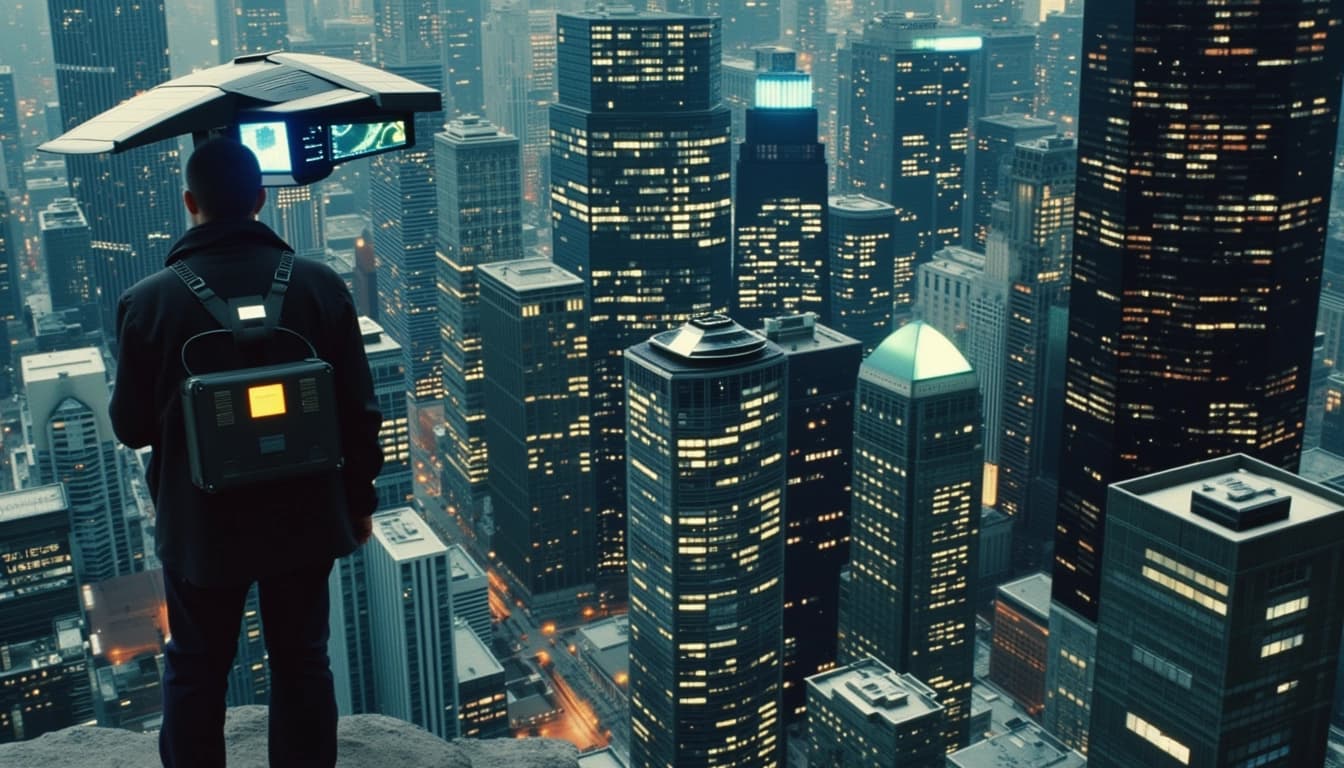
Challenges and Limitations
Despite its advantages, AI upscaling faces several challenges. High computational requirements can make the process slow and resource-intensive, especially for large images or videos. Additionally, the quality of the output heavily depends on the training data; poor datasets may lead to artifacts or unrealistic enhancements. Addressing these limitations is crucial for the continued advancement of AI upscaling technology.
Future of AI Upscaling
The future of AI upscaling looks promising, with ongoing research focused on improving efficiency and accuracy. Innovations like real-time upscaling and integration with augmented reality (AR) are on the horizon. As algorithms become more sophisticated and hardware more powerful, AI upscaling will likely become a standard tool for content creators, offering even greater possibilities for visual enhancement.

- Enhanced image and video quality
- Applications in film restoration and photography
- Challenges include computational demands
- Future advancements in real-time processing